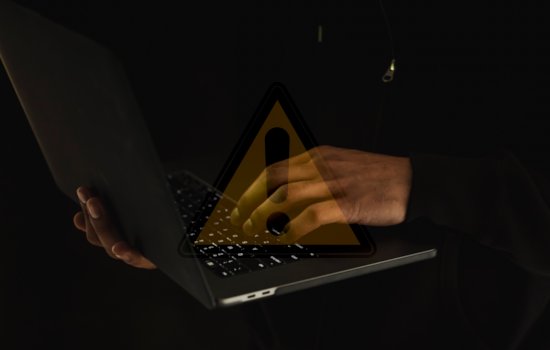 When it comes to managing a website, ensuring its security is of utmost importance. Moreover, securing your WordPress website is a critical aspect that website owners must not overlook. In this blog, we will explore various measures and best practices that can help you keep your website safe from potential threats and vulnerabilities.
When it comes to managing a website, ensuring its security is of utmost importance. Moreover, securing your WordPress website is a critical aspect that website owners must not overlook. In this blog, we will explore various measures and best practices that can help you keep your website safe from potential threats and vulnerabilities.
I. Regular Updates: The Foundation of Security
One of the fundamental pillars of WordPress security is keeping your core software, themes, and plugins up to date. Regular updates ensure that you have the latest security patches and bug fixes installed, reducing the risk of exploitation by cybercriminals. Always keep an eye on your dashboard for available updates and apply them promptly.
II. Strong Passwords: Fortifying Your Defenses
The security of your WordPress website starts with a strong password. Avoid using common passwords or easily guessable combinations. Instead, opt for lengthy, complex passwords that include a mix of upper and lower-case letters, numbers, and special characters. Strengthening your passwords adds an additional layer of protection against brute-force attacks.
III. Limit Login Attempts: Thwarting Unauthorized Access
Hackers often attempt to gain unauthorized access by trying multiple login combinations. By limiting login attempts, you can thwart their efforts and prevent brute-force attacks. Additionally, implementing this measure on your WordPress login page helps safeguard your site against malicious login attempts.
IV. Two-Factor Authentication: Extra Security Layer
Two-Factor Authentication (2FA) is an effective way to enhance your WordPress security. Furthermore, it requires users to provide an additional piece of information, such as a one-time code sent to their mobile device, after entering their password. 2FA significantly reduces the chances of unauthorized access, even if the password is compromised.
V. Regular Backups: A Safety Net
Creating regular backups of your WordPress website is crucial in the event of a security breach or data loss. Moreover, in case your site faces an unfortunate incident, backups can help you quickly restore it to a previous state, minimizing downtime and potential damage.
VI. Use Trusted Themes and Plugins: Quality Matters
When selecting themes and plugins for your WordPress site, always opt for those from reputable sources. Trusted themes and plugins are more likely to undergo rigorous security checks and receive timely updates to address vulnerabilities. So, avoid using pirated or outdated plugins, as they can become an easy target for hackers.
To sum up, WordPress security should be a top priority for website owners to ensure their online presence remains safe and secure. By following best practices like regularly updating your website, using strong passwords, implementing limitations on login attempts, enabling Two-Factor Authentication, and maintaining regular backups, you can fortify your defenses against potential threats and contribute to securing your website. Remember, staying vigilant and proactive is the key to maintaining a secure WordPress website in an ever-evolving digital landscape.
Ready to safeguard your WordPress website? Get started with these security measures today and protect your online presence from potential risks! If you have any questions or need further assistance, don’t hesitate to get in touch with us.



